
Sawn Rock – Nandewar Volcanic Range, NSW, one of the studied volcanoes from the east Australian volcanic chain. Credit: Dr. Tracey Crossingham
Remnants of volcanoes strewn across Australia act as a map of the northward movement of the continent over an underlying “hotspot” within the Earth’s interior over the past 35 million years.
Dr. Tamini Tapu, Associate Professor Teresa Ubide, and Professor Paulo Vasconcelos, researchers from the University of Queensland, have unveiled that these remnants provide insights into the intricate internal structure of the Australian volcanoes, which progressively evolved as the magma production from the hotspot reduced.
Dr. Al-Tamini Tapu, whose Ph.D. project at UQ’s School of Earth and Environmental Sciences formed the basis of this study, said the hotspot was incredibly strong in its early stages, generating some of eastern Australia’s most beloved natural attractions.
“These large volcanoes were active for up to seven million years,” Dr. Tapu said.
“The volcanoes formed as the continent moved over a stationary hotspot inside the planet, melting the land above it so magma could ooze upward.
“This left a treasure trove of volcanic landmarks in its wake, forming the longest chain of continental ‘hotspot’ volcanoes on Earth –along Australia’s eastern side.
“As you cast your eye along this massive chain, you’ll find Queensland volcanoes such as the Glass House Mountains and Tweed Volcano, which are ‘shield volcanoes’ visited by countless locals and tourists every year.”
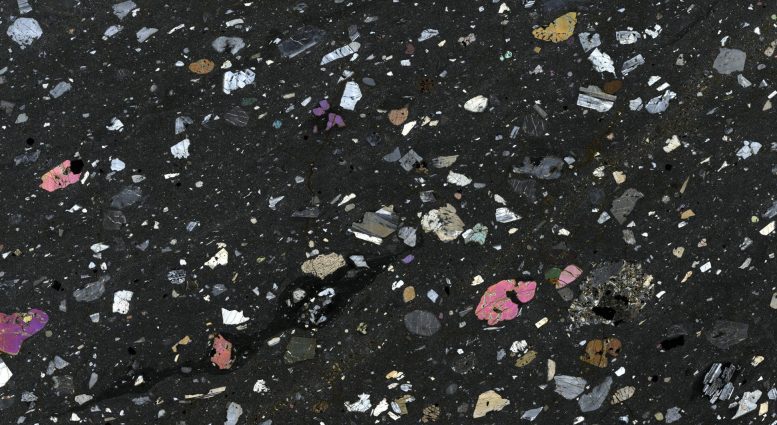
Microscopic image of frozen lavas from an east Australian volcano (Nandewar, NSW). Actual image width 25mm. Little crystals transported by magmas unlock eruption histories of the east Australian giant volcanic chain. Credit: Dr. Al-Tamini Tapu
Enormous, long-lived lava outpourings in the Tweed volcano may have weakened the hotspot and caused the younger volcanoes to the south to become smaller and shorter-lived.
“This indicates the changes caused as the continent shifted over the weakening hotspot,” Dr. Tapu said.
A shield volcano is a type of volcano named for its low profile, resembling a warrior’s shield lying on the ground. It is formed by the eruption of highly fluid lava, which travels further than the thicker lava erupted from other types of volcanoes. This results in a broad, gently sloping cone with a wide base and a nearly flat or dome-shaped surface. Famous examples of shield volcanoes include Mauna Loa and Kilauea in Hawaii. These volcanoes are not usually associated with the violent eruptions seen in other types, instead often experiencing effusive eruptions where lava flows steadily out of the volcano.
Associate Professor Teresa Ubide said that, as the magma production waned, the volcanoes became internally more complicated, erupting lavas full of complex crystals.
“These little heroes hold the secrets of how the volcano works inside and tell us that the late Australian volcanoes were full of magma pockets, or reservoirs,” Dr. Ubide said.
“As these cooled down and became more viscous, it became more difficult to generate eruptions, which may have been more explosive.
“We found that the arrival of new, hotter, and gas-rich magma acts like a shaken bottle of fizzy drink, causing a build-up of pressure in the magma, and, eventually, an eruption.”
Dr. Ubide said Australia’s extinct ‘hotspot volcanoes’ provide a unique laboratory for researchers to investigate processes leading to volcanic eruptions across the globe.
“The effect of erosion over tens of millions of years allows us to access complete sequences of lava that can be difficult to access in more recent volcanoes,” she said.
“It then makes it possible to reconstruct the inner structure of the volcanoes, sort of like opening a doll’s house, which gives us a much better understanding of hotspot activity globally.
“This is particularly important, given there are many active hotspots on Earth, including in the Pacific and Atlantic oceans, and in other continents, such as the United States’ Yellowstone volcano.
“Volcanoes in these areas produce large volumes of lava and have an important role in the evolution of our planet and atmosphere – so having a real-world ‘doll’s house’ to play around in and observe variations with time and magma supply is very helpful.
“Our study shows the fundamental role of the strength of heat anomalies inside the Earth in the evolution of our planet and its landscape over millions of years.
“Reconstruction of these extinct volcanoes can help to better understand active continental hotspot volcanoes globally.”
Reference: “Increasing complexity in magmatic architecture of volcanoes along a waning hotspot” by A. T. Tapu, T. Ubide and P. M. Vasconcelos, 23 March 2023, Nature Geoscience.
DOI: 10.1038/s41561-023-01156-9

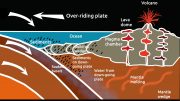
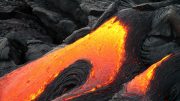
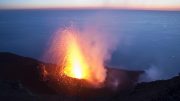
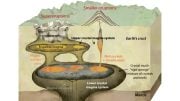
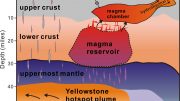
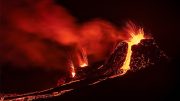
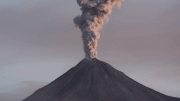

Those in BC wanting to study columns can hit Quesnel and Keremeos – hidden gems of 30+ million year old basalt!